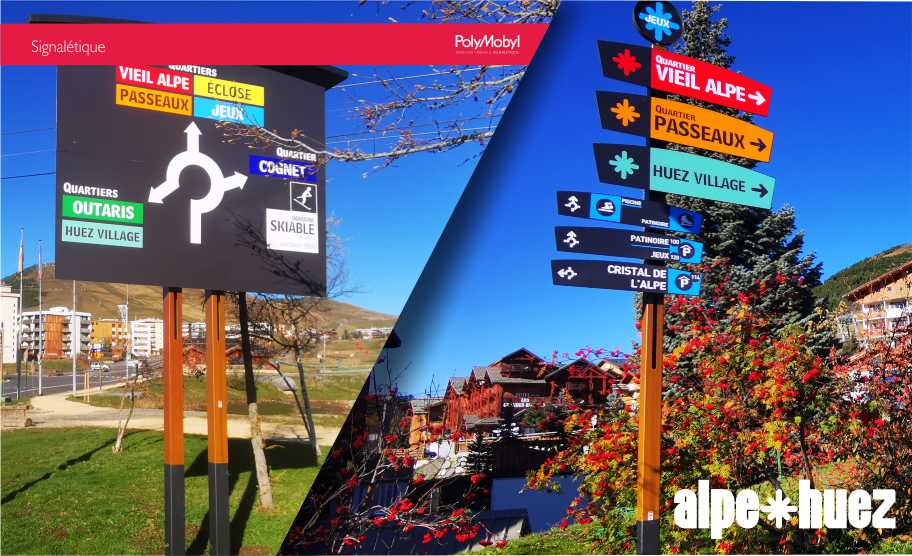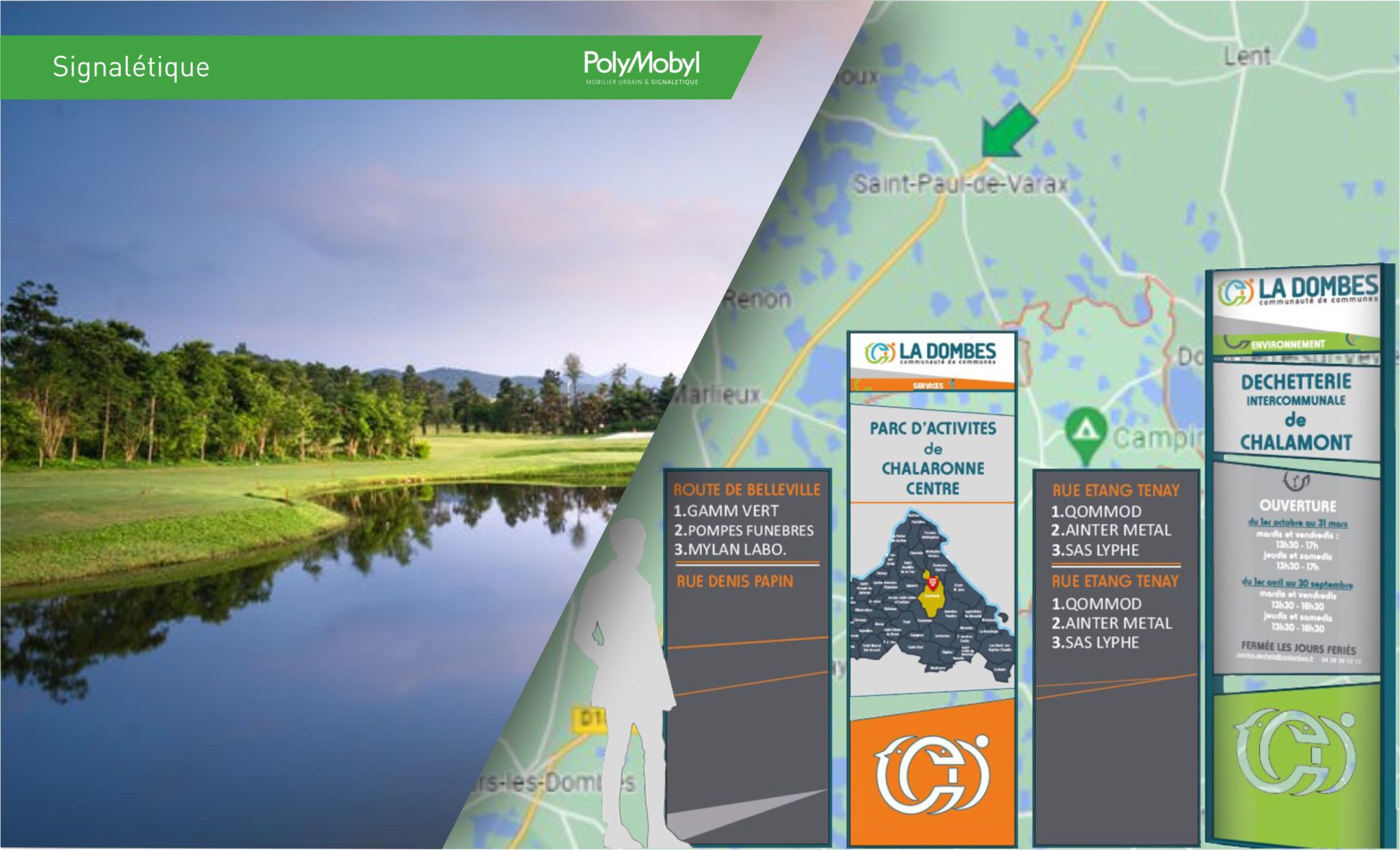Where and why install heritage signage?
Applications for
historical heritage signage
applications. It is used on monuments such as castles, religious and cultural buildings, as well as on sites housing prehistoric or ancient remains.
Heritage signage meets a number of challenges:
- inform the public from a historical, geographical or cultural point of view ;
- make this information clear, attractive and accessible to as many people as possible ;/li>
- direct visitors through the different areas of a building or the successive stages of an interpretive trail, for example ;/li>
- encourage the discovery of neighbouring or complementary sites ;/li>
- blend harmoniously into the interior and exterior environment./li>







